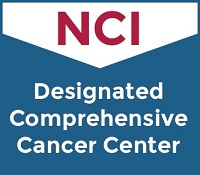Blood and Marrow Transplant Basics
Bone marrow is the spongy material found in the center of large bones. It produces special parent cells, called stem cells, which produce red blood cells, white blood cells, and platelets. These cells all have unique functions:
- Red blood cells carry oxygen through the body
- White blood cells fight off infection
- Platelets help the blood to clot
Bone Marrow and Stem Cell Transplants
Both bone marrow and peripheral blood stem cell transplants (known as BMT or PBSCT) involve the collecting of stem cells either directly from the bone marrow or from the peripheral blood, through the use of a central catheter.
The decision to use either bone marrow or peripheral blood stem cells for the transplant depends on the disease and other individual factors.
Stem Cell Transplant Uses
Stem cell transplants (BMT/PBSCT) are used to treat certain cancers, including: leukemia, Hodgkin's Disease, non-Hodgkin's lymphoma, multiple myeloma, amyloidosis, and testicular cancer, among other non-cancerous illnesses.
How is Transplant Different from My Other Treatments?
BMT/PBSCT gives a much higher dose of chemotherapy or radiation than the other treatments; it is able to do this because the stem cells are given as a "rescue" to re-start your bone marrow following the chemotherapy or radiation.
The high dose therapy is used to kill any cancer cells that may be in your body, but also kills the bone marrow cells. This is what causes you to be at risk for infection after transplant.
Different Types of Transplant:
- Autologous: your stem cells or bone marrow are harvested and then given back to you following high-dose therapy.
- Allogeneic: you receive stem cells or bone marrow from an HLA-matched donor; this donor can be a sibling or other family member, or an unrelated donor.
- Syngeneic: you receive stem cells or bone marrow from an identical twin donor.


